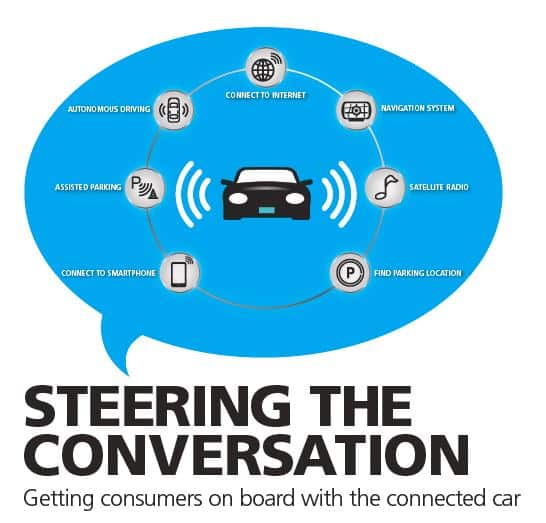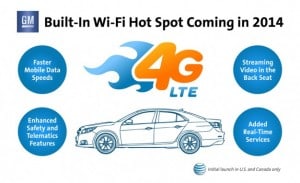 AT CTIA Super Mobility Week, AT&T and Ericsson announced key points from its connected car research proving that people want AT&T connections in their cars. The report alsos a very high awareness of connected car features. We have a call out to our AT&T contacts to track down the full report. In the meantime, here are the bullet points.
AT CTIA Super Mobility Week, AT&T and Ericsson announced key points from its connected car research proving that people want AT&T connections in their cars. The report alsos a very high awareness of connected car features. We have a call out to our AT&T contacts to track down the full report. In the meantime, here are the bullet points.
Research
In connected car apps to reach 269 million by 2018, thanks 2 CarPlay and Android Wear
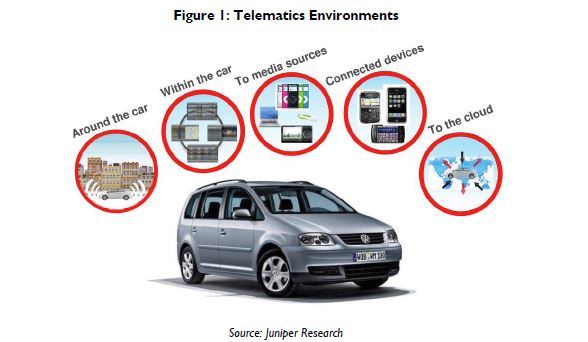 A new report by Juniper Research on the telematics sector found that the number of in-vehicle apps in use is expected to reach 269 million by 2018, representing a more than five fold increase on last year’s figure.
A new report by Juniper Research on the telematics sector found that the number of in-vehicle apps in use is expected to reach 269 million by 2018, representing a more than five fold increase on last year’s figure.
Connected Cars: Consumer & Commercial Telematics and Infotainment 2014-2018 reports growth will be fueled by solutions such as Apple’s CarPlay, which will promote in-car apps.
Teens don’t like parents texting while driving either
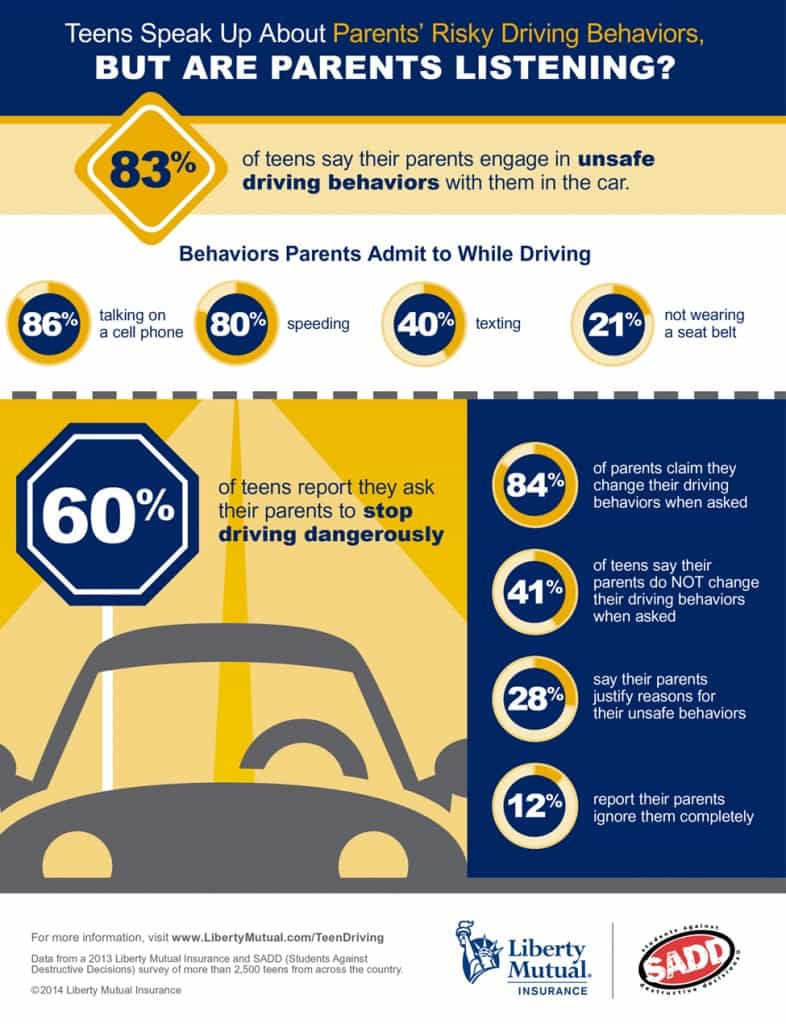 It’s not only teens who text while driving but parents engage in distracted driving in front of their children.
It’s not only teens who text while driving but parents engage in distracted driving in front of their children.
A new survey from Liberty Mutal Insurance and SADD shows that parents drive without a seat belt, text, and driving after consuming alcohol, the same practices parents tell their kids to not do.
New connected car research shows definition needed and ADAS wanted
We’ve seen recent studies in connected car research from Harris, Frost and Sullivan, Parks Associates JD Power, Telefónica , and now Waggener Edstrom has released their
Car buyers want seamless connected car connectivity + luxury infotainment
 Frost & Sullivan’s analysis of the North American advanced connected car and ADAS systems found that consumers demand seamless connectivity and high-end infotainment features in cars. The company also noted that the industry is on its way to 000 (zero emissions, zero accidents and zero fatalities.
Frost & Sullivan’s analysis of the North American advanced connected car and ADAS systems found that consumers demand seamless connectivity and high-end infotainment features in cars. The company also noted that the industry is on its way to 000 (zero emissions, zero accidents and zero fatalities.
The research also found that night vision assist with pedestrian detection or collision warning and mitigation using augmented reality (AR) which were considered to be of higher importance compared to other features like power liftgate or ambient lighting in the vehicle.
Seats to sense you in connected cars may keep you alert or send for help
 Your driver’s seat may sense that you are drowsy and falling asleep are being developed by Nottingham Trent University researchers.
Your driver’s seat may sense that you are drowsy and falling asleep are being developed by Nottingham Trent University researchers.
Professor Tilak Dias and William Hurley of the University’s Advanced Textile Research Group with Plessey are working to integrate an Electrocardiogram (ECG) sensors directly into the fabric of car seats.
Research shows connected car buyers confused with connected car features, OnStar best known
42% of car owners (with a 2009 model or later, who are looking to buy a new car), have heard of Connected Cars but don’t
Mo’ connected car research shows desire for connections & UBM
There are conflicting studies on who wants connected cars, who has heard of them and why. However, a Parks Associates study found that over 75%
JD Power voices voice recognition problems with connected car systems
 Car makers are not listening to what people want in voice recognition systems reported Kristin Kolodge, JD Power’s executive director of driver interaction.
Car makers are not listening to what people want in voice recognition systems reported Kristin Kolodge, JD Power’s executive director of driver interaction.
JD Power studies in the United States have shown that voice recognition is the most common type of problem voiced by car owners.
As much as one-third of infotainment system glitches were due to voice recognition, Kolodge said during a presentation at the 2014 Management Briefing Seminars.
Connected car report shows global demand for connected cars and privacy issues
A new study by Telefónica showed there is global demand for connected car services, with more than 70 per cent of drivers surveyed saying that
Chevy Volt takes top safety plus pick from IIHS
We previously reported that EV batteries are safe, the next worry for car owners is how safe is the body of the vehicle in a
$1M Challenge for mini-inverters for cars and more
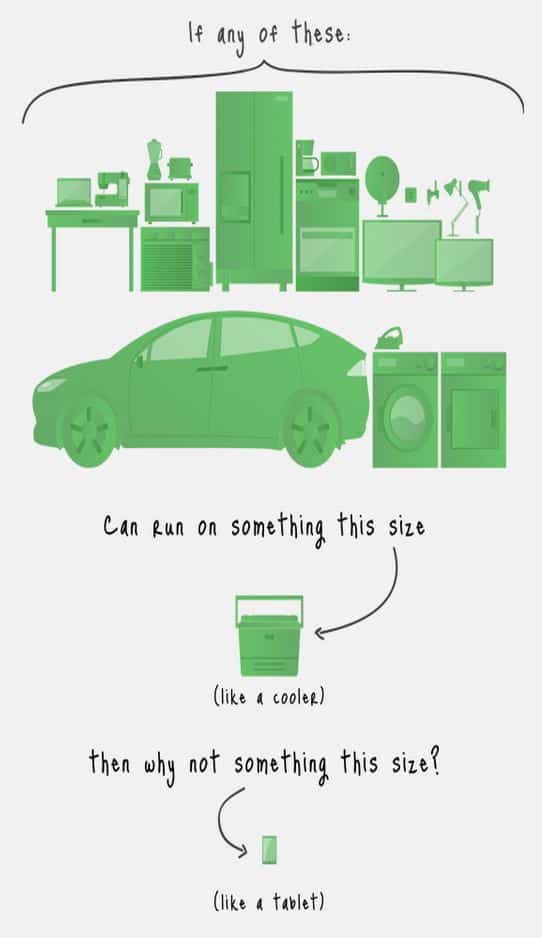 With the catchy phrases “think shrink”, “smaller is bigger” and “min it to win it”, the Little Box Challenge, sponsored by Google and IEEE will pay a one million dollars to the company or entity that builds and designs a kW-scale inverter with the highest density of at least 50 watts per cubic inch.
With the catchy phrases “think shrink”, “smaller is bigger” and “min it to win it”, the Little Box Challenge, sponsored by Google and IEEE will pay a one million dollars to the company or entity that builds and designs a kW-scale inverter with the highest density of at least 50 watts per cubic inch.
Inverters are the boxes that convert direct current from sources such as solar panels or batteries and turns it into alternating current for use in homes, businesses or cars.

